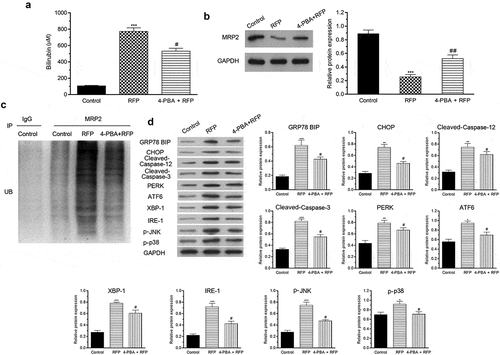Figures & data

Figure 1. 4-PBA reduced RFP-induced toxicity and apoptosis of HepG2 cells.
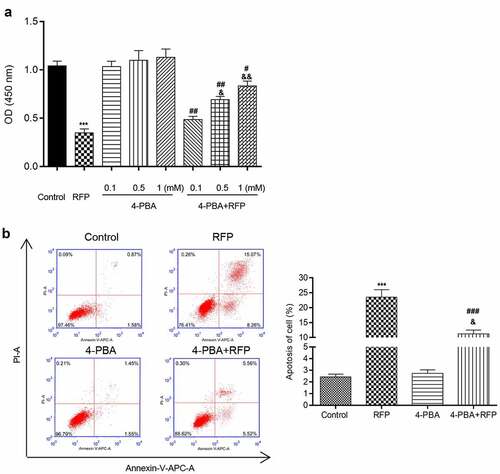
Figure 2. 4-PBA attenuated the suppression of MRP2 by RFP.
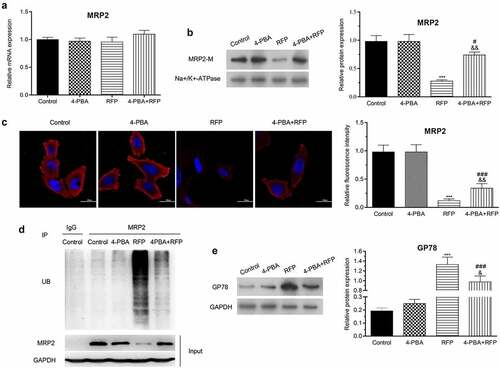
Figure 3. 4-PBA improved RFP-induced intracellular calcium disorder and ER stress response.
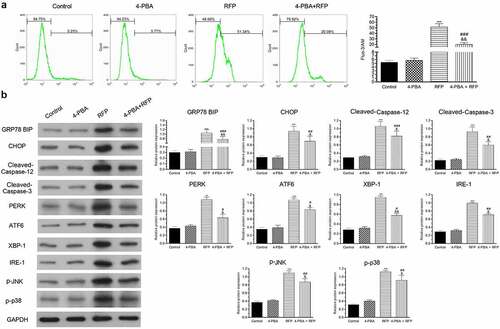
Figure 4. 4-PBA alleviated RFP-caused increase of AP2 and clathrin.
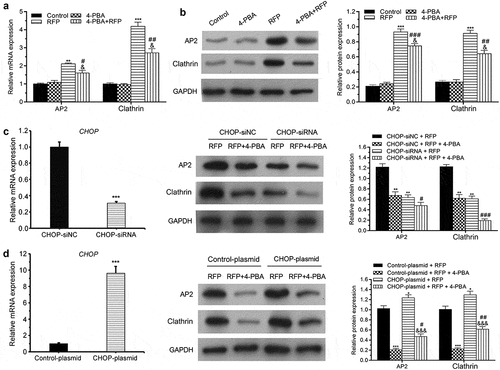
Figure 5. 4-PBA protected mice against RFP-induced cholestatic liver injury.
